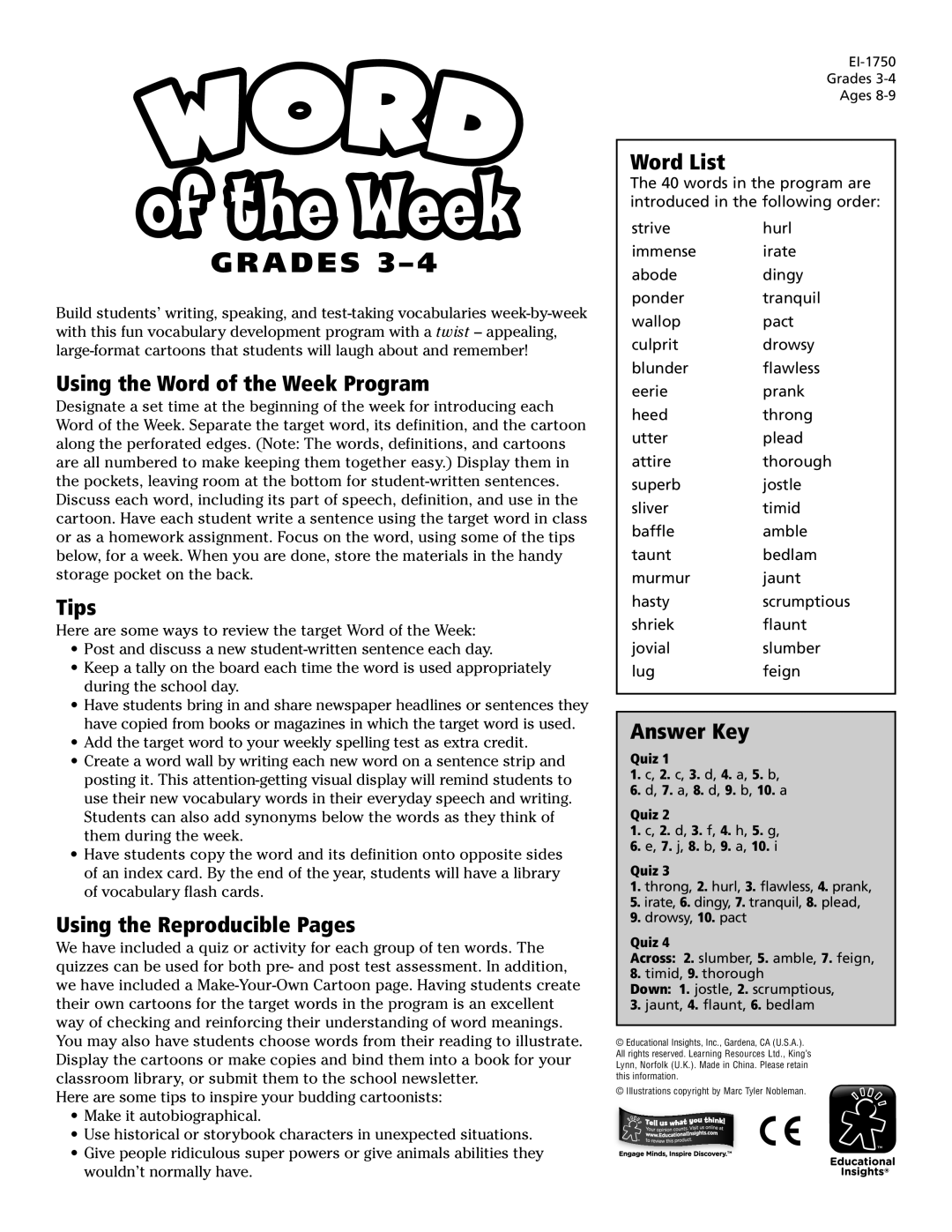EI-1750 specifications
The Educational Insights EI-1750, also known as the Design & Drill Activity Center, is an innovative educational tool designed to foster creativity, critical thinking, and fine motor skills in young learners. This interactive playset seamlessly blends learning with fun, making it an ideal resource for both home and classroom environments.One of the standout features of the EI-1750 is its user-friendly design, which encourages children ages 3 and up to explore engineering concepts while engaging in hands-on activities. The set includes a sturdy, brightly colored baseplate that serves as the canvas for various designs. Children can use the included power drill to insert colorful bolts into the baseplate, helping them grasp fundamental skills related to construction and assembly.
The EI-1750 is equipped with several engaging elements, including a variety of colorful bolts in different sizes and shapes, as well as a battery-operated, real-working power drill. This not only enhances the tactile experience but also motivates children to explore patterns, colors, and spatial relationships. The drill is designed with safety in mind, featuring a child-friendly size and design that ensures ease of use.
Another significant characteristic of the Educational Insights EI-1750 is its emphasis on STEM (science, technology, engineering, and mathematics) education. Through interactive play, children can develop foundational skills in problem-solving and design while exploring mechanical engineering principles. The activity center promotes analytical thinking as children plan their designs and adjust their approaches, fostering a growth mindset.
In addition to its educational benefits, the EI-1750 also encourages collaborative play. Whether working individually or in groups, children can share ideas, learn from each other, and engage in cooperative problem-solving. This social aspect of play helps develop important communication and teamwork skills early on.
Durability is another notable feature of the Educational Insights EI-1750. Constructed from high-quality materials, the set is designed to withstand the rigors of active play, ensuring that it can be used by multiple children over an extended period. The bright colors and engaging design also capture children's attention, making learning an enjoyable experience.
In conclusion, the Educational Insights EI-1750 Design & Drill Activity Center provides a multifaceted approach to early childhood learning. With its combination of fine motor skill development, STEM education, and collaborative play, it serves as an essential resource for teachers and parents alike, nurturing the next generation of innovators and thinkers through engaging and interactive play.

